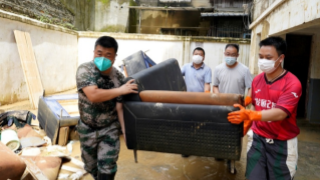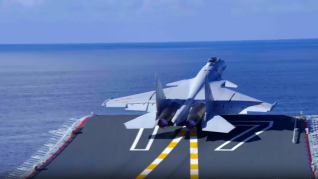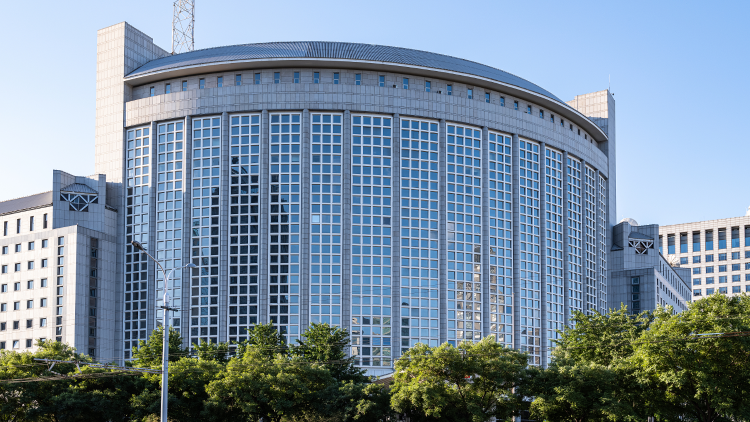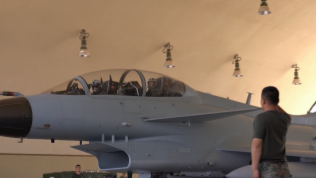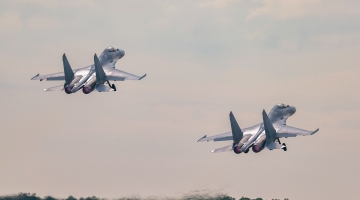By Wang Min
General James J. Mingus, Vice Chief of Staff of the US Army, recently announced plans to increase the number of Patriot missile battalions from 15 to 19 to counter the growing global threats. However, analysts argue that this ambitious expansion plan does not reflect strength but rather serves as a mirror reflecting the hegemonic anxiety of the US in the context of the evolving global security landscape.
The US Army has 15 Patriot missile battalions currently, 14 of which are fully combat-ready. To maintain its global hegemonic system, the US has deployed these battalions across multiple hotspots, with three in the so-called Indo-Pacific, one under the US European Command, one under the US Central Command, and the remaining on a rotational deployment. The operational deployment pressure on the troops is immense, as James J. Mingus acknowledged that the Patriot units have become the most stressed element in the US Army.
This series of deployments has not alleviated regional challenges; instead, it has amplified the limitations of the Patriot system's combat effectiveness. In the Middle East, to cope with the tension between Israel and Iran, the US military implemented a "rob Peter to pay Paul" redeployment earlier this year by withdrawing a battalion from the Indo-Pacific Command zone to reassign it to Central Command's area, which exposes the fragility of its global intervention strategy. In June, when Iran launched a missile attack on the US military's Al Udeid Air Base in Qatar, the Patriot system fired a large number of interceptors in a short time (each worth $4 million), setting the record for the largest salvo interception of this weapon system. While this demonstrated some tactical value, it also exposed the high economic cost and limited sustainability of the system under saturation attacks.
On the battlefield in Ukraine, the predicament of the Patriot system presents itself in another way. As a key component of Ukraine's air defense network, on one hand, the Patriot system struggles to effectively counter Russia's Iskander-M (SS-26) and Oreshnik missiles, with its performance myth nearing collapse; on the other hand, to maintain their own stockpile, the US and its allies are unable to provide additional launchers and interceptors. This tight-fisted scenario also exposes the vulnerability of Western support for Ukraine.
It is noteworthy that the Patriot expansion plan includes the permanent stationing of a missile battalion on Guam, which will work in coordination with the land-based Aegis missile defense systems to build a defense hub in the western Pacific. However, given Guam's limited land area and isolated geographical position, this "point-based" defense deployment is not only fails to create an effective defense system but may also trigger a new round of regional arms race.
To maintain global military hegemony, the US military is seeking a significant increase in its inventory of Patriot interceptors. The Pentagon's 2026 budget documents reveal that the procurement of Patriot interceptors will surge from an initial 3,376 to 13,773. However, producing such a large number of missiles is no easy task. According to reports, Lockheed Martin, the manufacturer of the Patriot system, is projected to produce more than 600 Patriot interceptors this year, a production milestone for the company. However, this is a mere drop in the ocean compared to the ever-growing demand gap.
The Russia-Ukraine conflict and the Middle Eastern crises have exposed the growing fatigue of America's long-relied traditional defense systems in real combat scenarios. What was meant to demonstrate US military strength, the Patriot system, has now become a footnote to the US global strategic retrenchment. The most pressured Patriot forces are precisely bearing the brunt of the pressure emanating from the decline of US global hegemony. Analysts point out that an expanded Patriot force cannot support the Cold War-minded "global missile defense dome" envisioned by the US.





